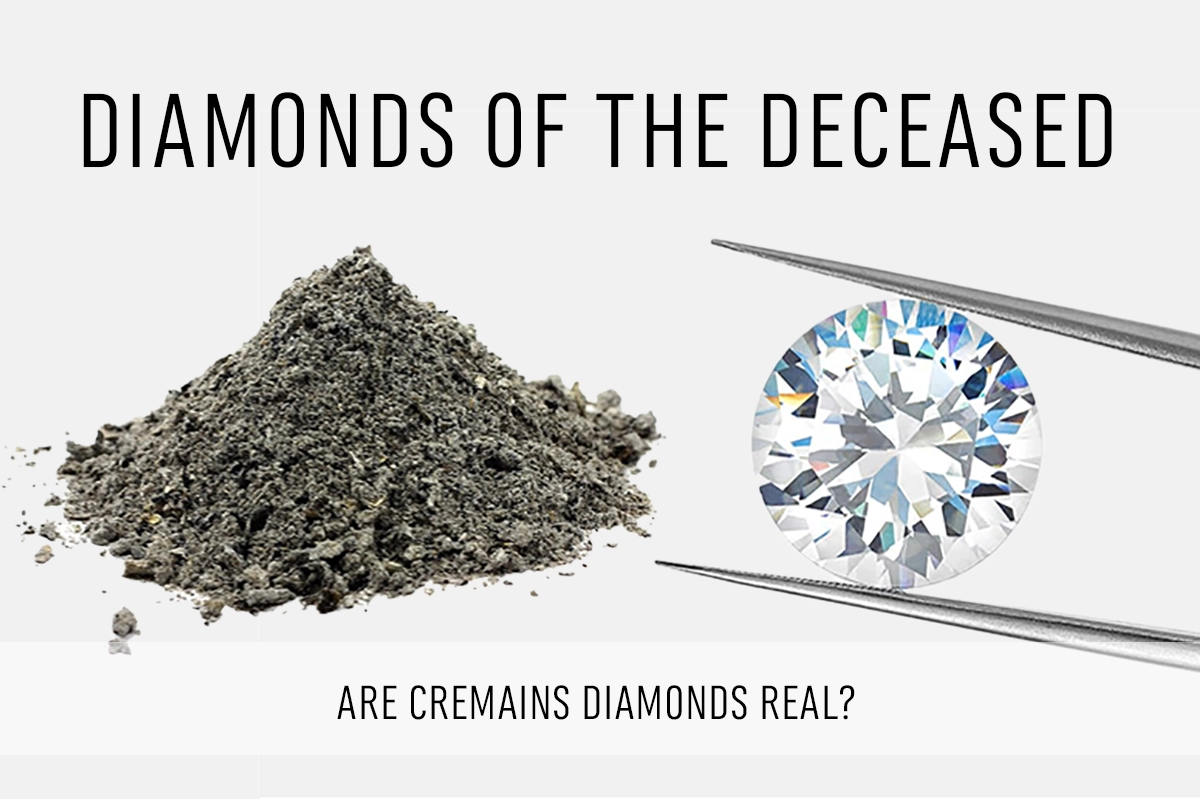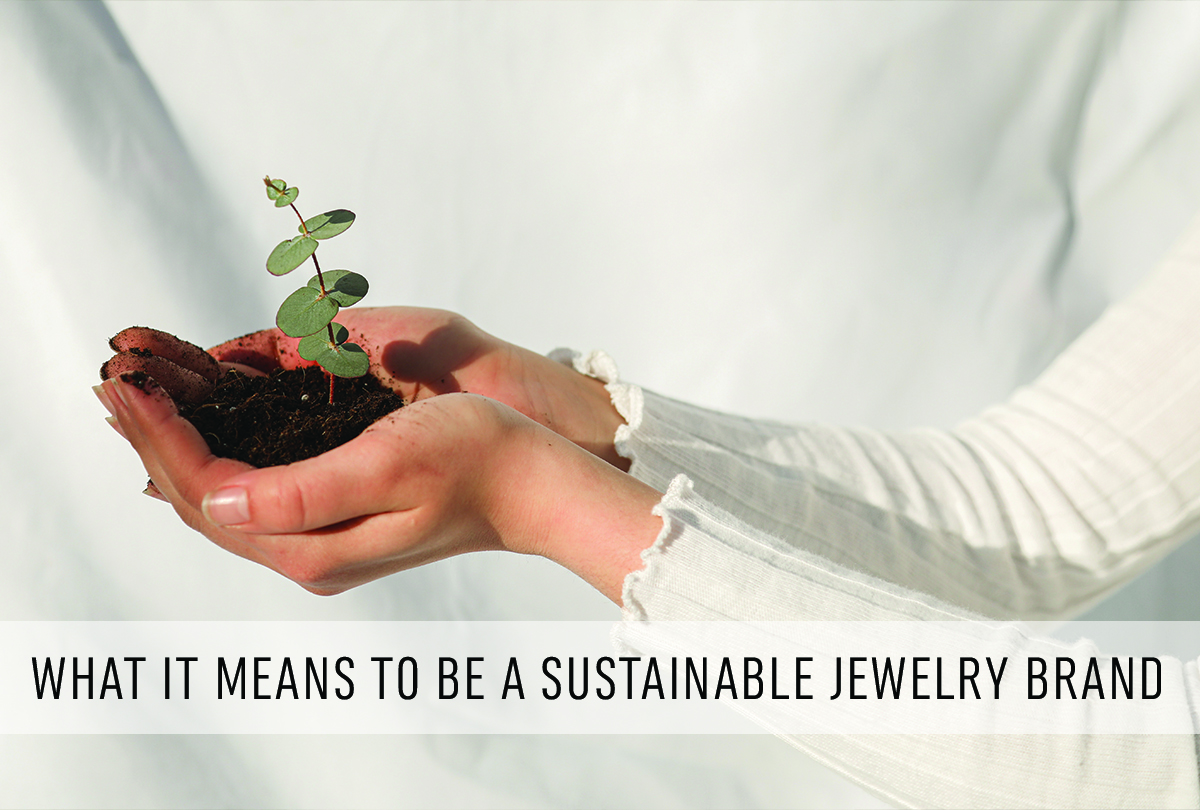
Have you ever considered the environmental impact of the jewelry you wear? Before I started making jewelry (more than 15 years ago!) I didn’t give it much thought either.
But, since joining the industry, I’ve learned about some of the harmful materials and environmentally damaging practices of jewelry production and I was shocked.
Since the Rana Plaza collapse in 2013, (even though this wasn’t the first time that’s happened) I’ve seen a lot of media about the seedy underbelly of the fast fashion industry. But I don’t see as many conversations happening about jewelry.
From strip mining, cheap toxic metals, dangerous working conditions, and unfair wages, jewelry production can be just as bad, if not worse, than fast fashion.
Rather than feel defeated, I’ve decided to make an effort to be the most sustainable brand that I can be. Slowly but steadily, I’m making progress every single year toward building a business that makes me feel proud to be a jeweler.
Table of Contents
What I'm doing to be more sustainable in the studio
Since there are no regulations around using terms like “sustainable” or “ethical”, those words are often thrown around without any detail as to what they’re doing to actually back it up.
So here’s what I’m doing to be a sustainable jewelry brand:
Choosing the Best Metals for my Jewelry
By using only solid precious metals I can accomplish several things.
Number one is making the jewely more durable. A piece of jewelry that is made of the same metal throughout can be polished and cleaned repeatedly without changing colour. Plated or coated materials will lose their finish and leave you with whatever cheap metal is below – not the look you were hoping for, and potentially dangerous for those with allergies.
Number two is knowing exactly what’s in my metal. I only buy metals from reputable companies so I know they are free from nasties like cadmium and lead.
Number three: by making my pieces in a solid precious metal, they can be melted down and recycled into a new piece of jewelry at the end of their lifetime.
For me, the ultimate goal is to make something that lasts a long time and can be passed down or made into something new – a cyclical process that ensures that nothing is wasted.
Switching to a Made-to-Order Model
Companies that do large scale production runs often end up trashing a lot of pieces in the end. Which says a lot about the quality of their pieces if they’d rather trash them than recycle. There are also companies that trash any returns because the cost of inspecting and repackaging is more than the value of the piece. YIKES!
By only making pieces once they’ve been ordered, I eliminate a lot of waste in the studio. Instead of guessing at what might be popular (which is hit or miss), I can focus on only making what’s actually wanted. Which also means that each piece of jewelry is made intentionally and thoughtfully.
The other bonus is that I can price my pieces more fairly because I don’t have to build in extra profit to cover the wasted materials and labour of overproduction. You get a higher quality piece at a fair price and I don’t have to store a bunch of pieces until they sell.
It’s a win, win!
No Longer Offering Gold Plated Jewelry
While I loved being able to offer a more accessible option for those of you who love the gold look, as an eco-conscious brand, I was always conflicted about it.
The electro-plating process involves some extremely toxic chemicals that are not only dangerous for me to work with, but harmful to the environment when disposed of. Even the “earth-friendly” brands I was using came with giant warning labels. Not a good sign.
In addition to the environmental cost of the plating process itself, once a piece of jewelry is plated, it’s much much harder to recycle.
I strongly believe in the cyclical nature of jewelry. That once a piece no longer suits you, it should be able to be made into something new.
Unfortunately, any jewelry that has been plated is now a bi-metal and can’t just be simply melted down and remade. It has to be sent to a refinery for a more intensive process before it can be reused and, since that process usually costs more than the value of the reclaimed metal, most don’t find it’s worth the added cost.
The result: when plated jewelry is no longer wearable (which happens fairly quickly since plating wears off), it gets tossed out.
Saving Every Scrap
In my studio, nothing goes to waste. I save every tiny bit of metal, right down to the dust. I have a tiny dustpan and brush in my sweeps drawer (the drawer under my bench pin that catches any bits) and I collect all of the filings and powder from sanding.
The scraps that are large enough to melt down are reused right in my studio to make my recycled jewelry collection, and any dust that is too fine is sent to a refinery to be recycled.
Carbon-Neutral Shipping
Since all of my sales are online, I really wanted to figure out a way to make my shipping process more eco-friendly. As of this year about 90% of my shipments are carbon neutral and I’m working towards 100% in the coming years.
Using Local Suppliers and Labour
Working with local companies as much as possible allows me to get to know the people behind the businesses. I can talk to them about their materials and sourcing and make informed decisions about what I’m comfortable using in my work.
Most of these companies are small, family run businesses and I know they do top quality work and pay their employees fairly. I actually used to work at the company where I buy most of my metal and findings so I know they’re wonderful people.
I love supporting local because it not only makes me feel good about the jewelry I’m making but it also keeps more money in the hands of small businesses run by regular people instead of large multi-national corporations. Since most of the world’s pollution comes from large corporations, I see shopping local as an eco-friendly option.
While there are still a few items I can’t get from Canadian companies, I’m hoping in the future to have all of my supplies sourced locally.
Next Steps to Becoming a More Sustainable Jewelry Brand
I’m always striving to do better as a sustainable and ethical jewelry brand. Here’s what I’m hoping to accomplish next:
Using More Sustainable Packaging
While I’m currently using recyclable jewelry and shipping boxes and fully compostable gift wrap, I know I can do more.
After I exhaust my current packaging supplies, I hope to switch to FSC-certified jewelry boxes with inserts made of renewable materials.
I’m also going to be switching to paper packing tape and recycled shipping boxes.
Phasing out Gold Fill Jewelry
A lot of my customers will be heartbroken by this, I know, but gold fill is not sustainable. While gold fill lasts longer than gold plated jewelry, it still wears with time and isn’t able to be easily recycled. Since the gold layer on the outside is filled with base metal inside, you can’t simply melt it down into a new piece of jewelry.
Very few refineries even accept gold fill for recycling since the process of extracting the gold is so difficult and the amount of gold in each piece is minimal. Separating the metals also requires the use of toxic chemicals so recycling may not even an environmentally friendly option anyway.
In the end, most gold fill jewelry ends up in the trash.
I plan to use up my current supplies of gold fill and then replace those designs with solid gold options.
Building a Green Studio
This dream might be a ways off but I would love to build and work from a completely green studio.
Right now I work out of my home but the idea is to build a small building on my property that is completely self-sustained. Solar energy, rainwater catchment system with filtration, biofilter for used water, etc etc.
I’ve been doing some research and have loads of ideas but this is definitely in the “someday” category.
FAQ
How do you know if a jewelry brand is sustainable or ethical?
Just ask! Any reputable brand will be happy to reply to your questions. While they may not name suppliers or exact factories they should be able to explain their process and where they get their materials. If their answers are vague or they don’t answer at all, that’s a red flag.
Also, do your research. A lot of brands use proprietary terms using words that include ethical, responsible, or sustainable, followed by a registered trademark symbol. Since it’s trademarked, there is no explanation of what that means or who is regulating that certification. Often, they created and administer the certification themselves, without third party oversight.
What are some red flags when shopping online?
1: When there’s no about page on their site.
If there’s no face to the brand, no story, that turns me off right away. I want to support PEOPLE, not faceless factory brands.
And who do you reach out to if you have a problem? If the brand has no voice, chances are they won’t be there for you when there’s an issue with your order either.
2: When they don’t tell you where/how it’s made
I’m telling you, if a business is making their pieces ethically, they’re going to be shouting that from the rooftops. If you have to dig to find out where it’s made or they use phrases like “designed in…” or “based out of…” that is a HUGE red flag.
3: When the price is too good to be true
When the price is super low, one of two things is happening. Either the piece is made of low quality materials or the people making it aren’t being paid fairly.
Remember: someone, somewhere, is always paying the price for cheap jewelry (or fast fashion).
Shop Recycled Jewelry
-

Futhark Rune Earrings – Sterling Silver
$130.00 Select options This product has multiple variants. The options may be chosen on the product page -

Futhark Rune Earrings – 14K Gold
$350.00 Select options This product has multiple variants. The options may be chosen on the product page -

Bolti Earrings – Sterling Silver
$45.00 Add to cart -
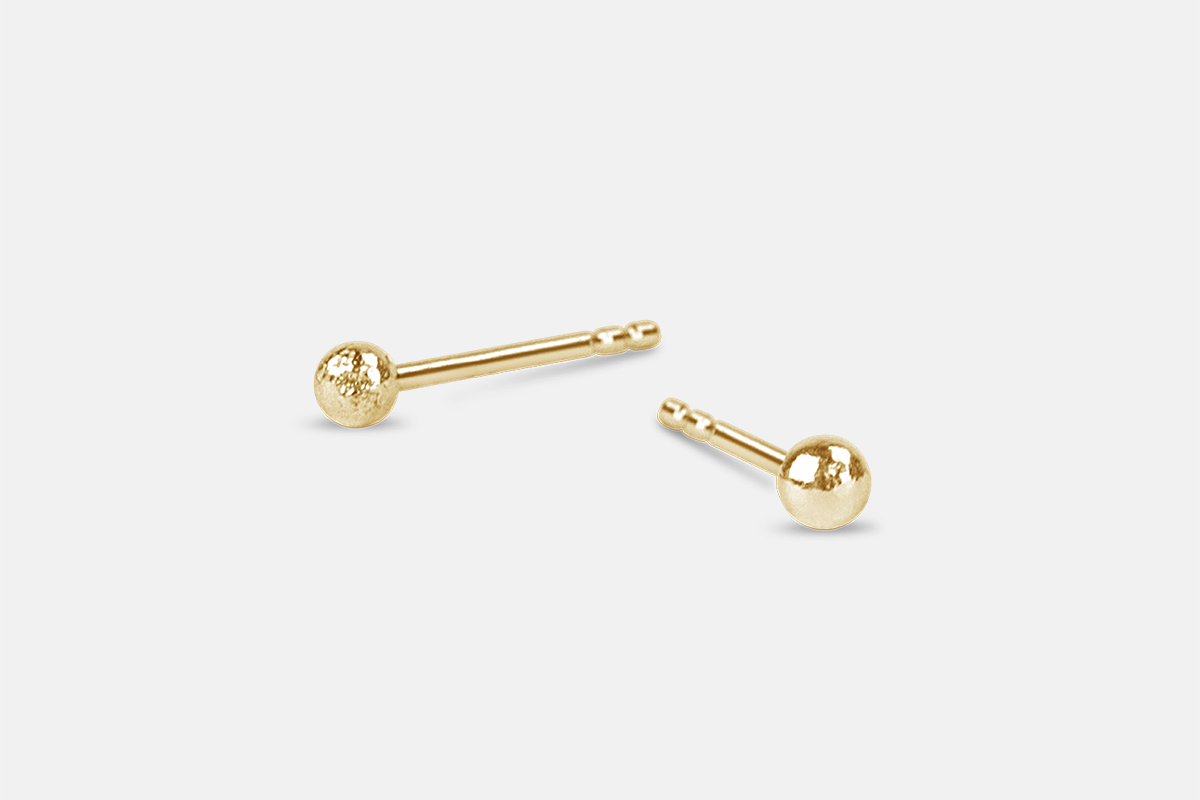
Bolti Earrings – 14K gold
$145.00 Add to cart -
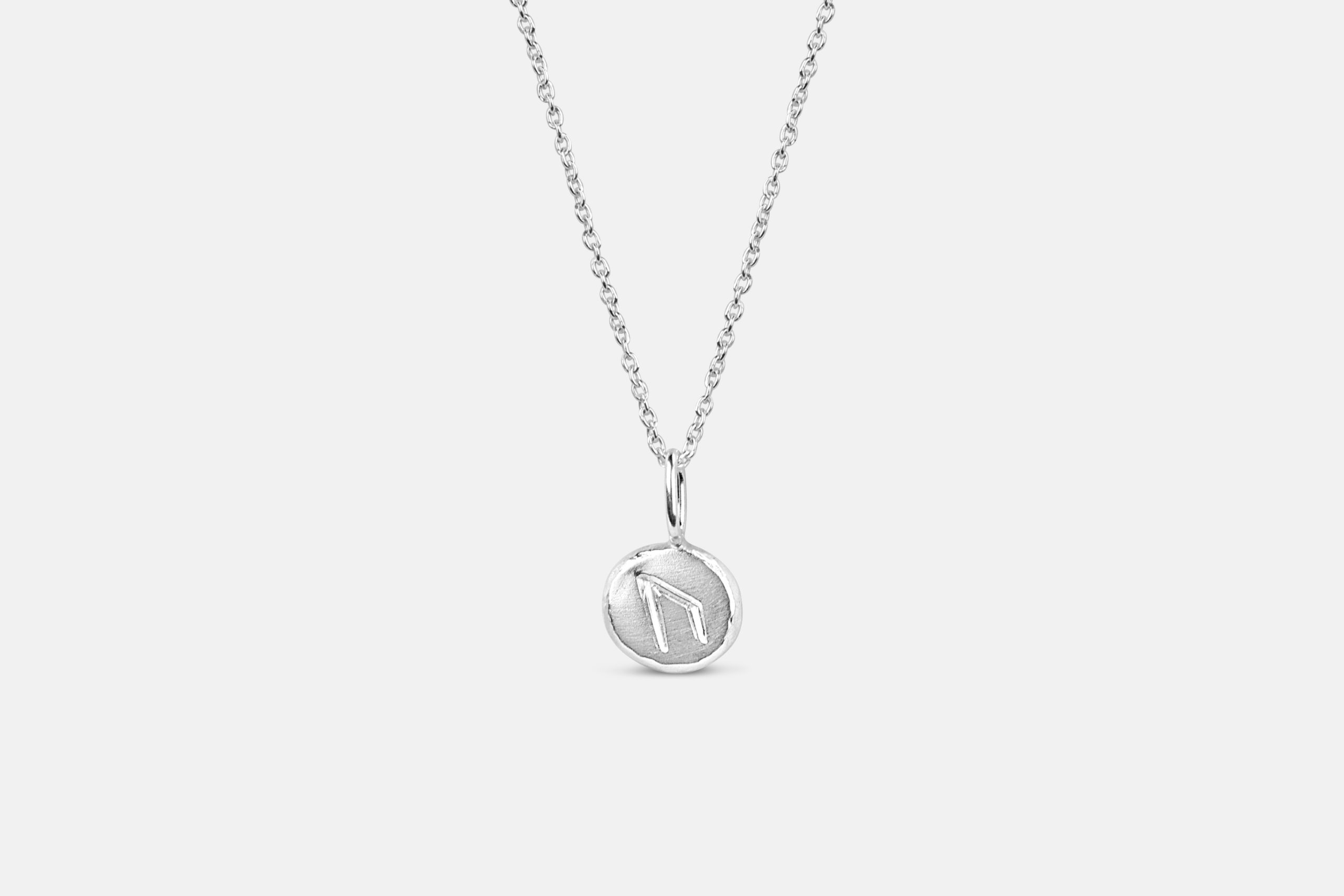
Uruz Rune Pendant: Health – Sterling Silver
$130.00 Select options -
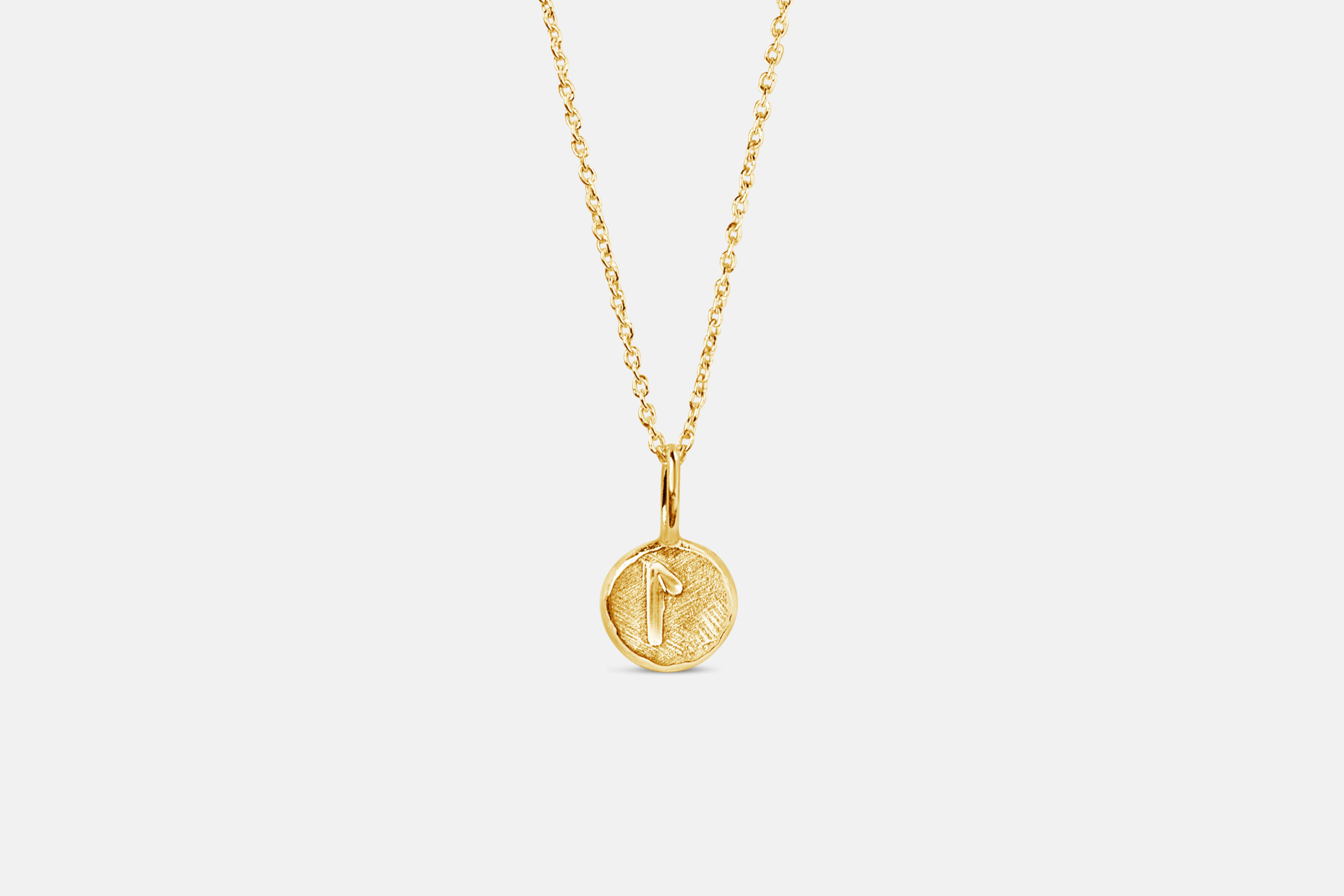
Futhark Rune Pendant – 14K Gold
$300.00 Select options This product has multiple variants. The options may be chosen on the product page -
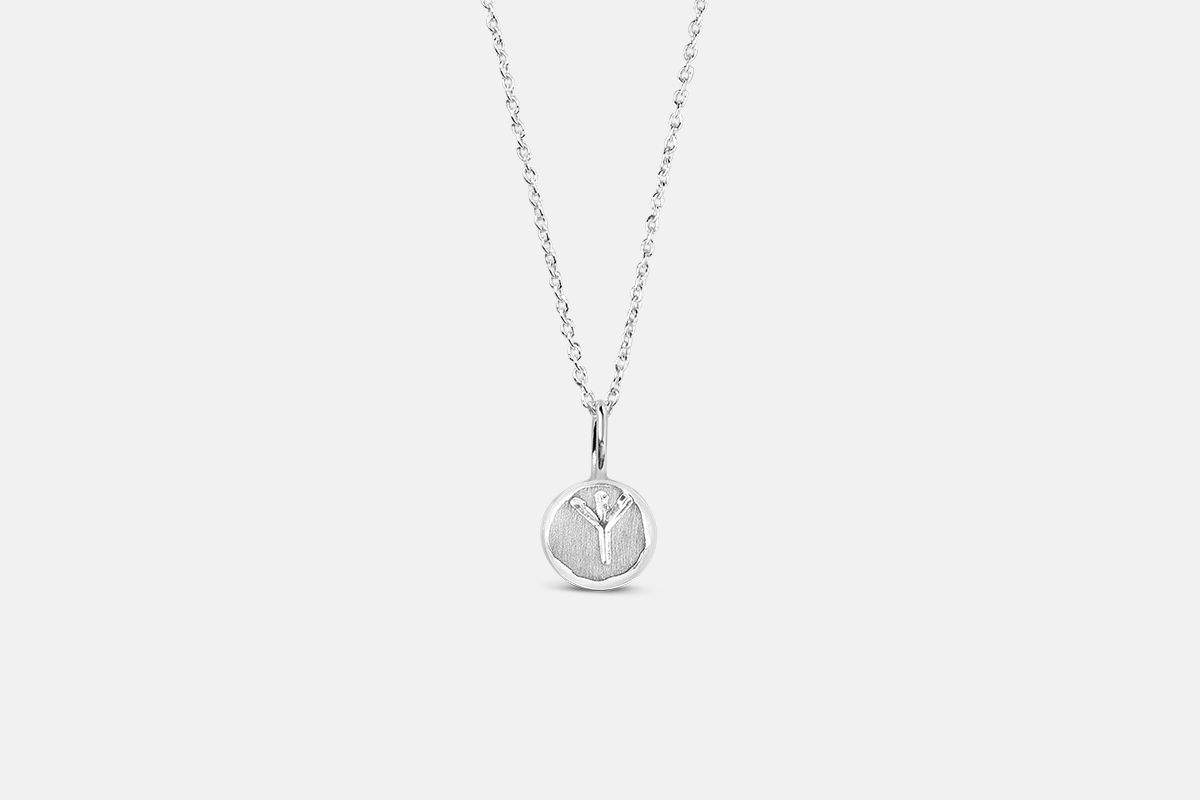
Algiz Rune Pendant: Luck – Sterling Silver
$130.00 Select options -
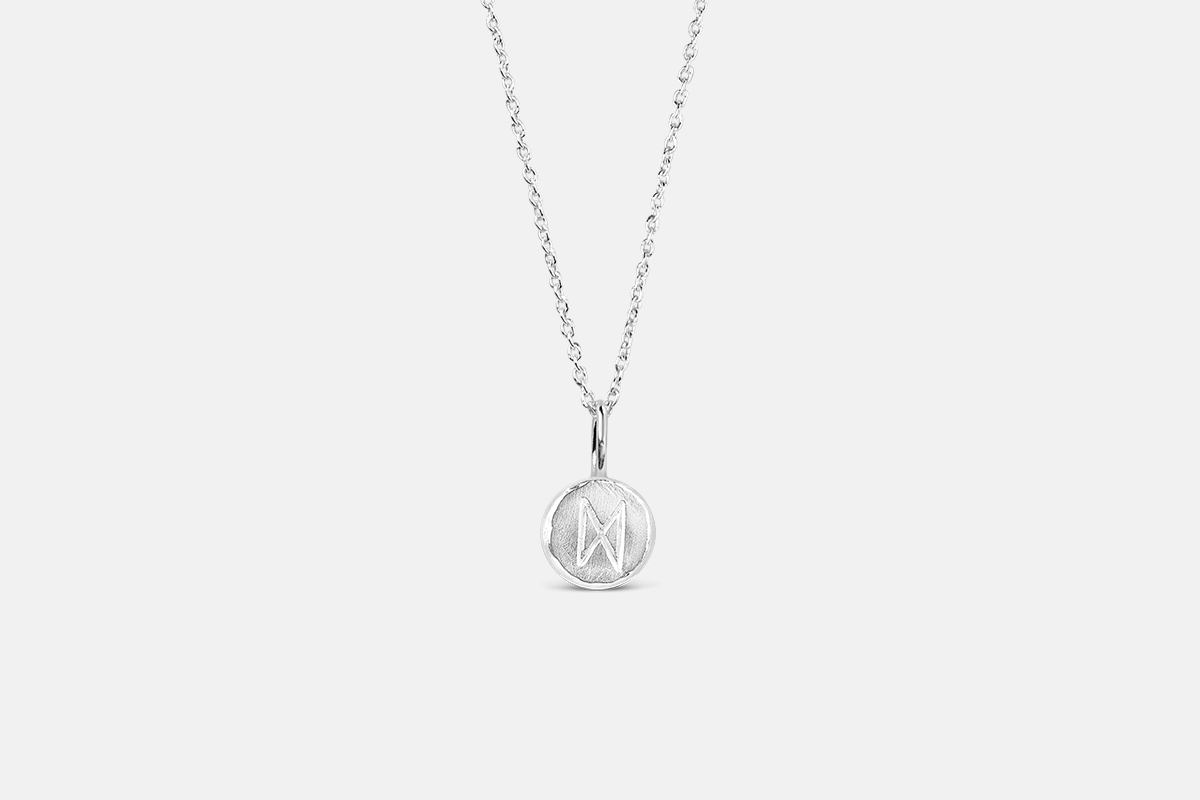
Dagaz Rune Pendant: Inspiration – Sterling Silver
$130.00 Select options



